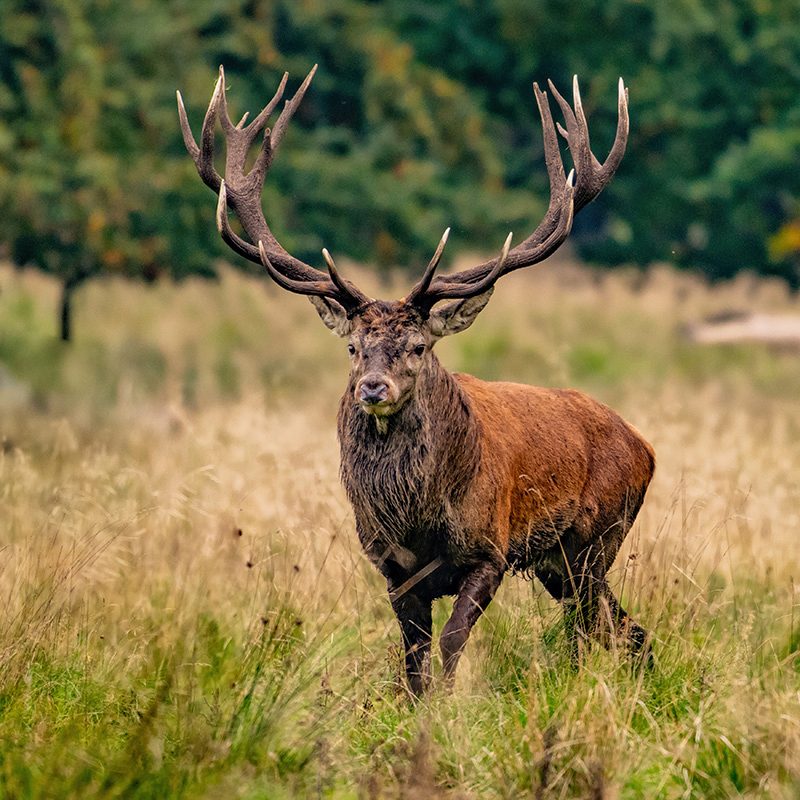- Joined
- May 31, 2020
- Messages
- 72
Hello,
For various reasons I'm looking into what kind of knife someone who had been in both the U.S. and Europe in the 1860s might've picked up, and I'm looking at all options. Of course there are the Sheffields, Green Rivers, etc., but I really like the look of the old-fashioned Jagdnicker. When did this design develop? I know there are hunting trousses dated to the 17th century where the by-knives look very much like Jagdnickers with full-profile tangs, but they don't have the finger guards, and for all I know, the similarities could be purely coincidental.
For various reasons I'm looking into what kind of knife someone who had been in both the U.S. and Europe in the 1860s might've picked up, and I'm looking at all options. Of course there are the Sheffields, Green Rivers, etc., but I really like the look of the old-fashioned Jagdnicker. When did this design develop? I know there are hunting trousses dated to the 17th century where the by-knives look very much like Jagdnickers with full-profile tangs, but they don't have the finger guards, and for all I know, the similarities could be purely coincidental.








